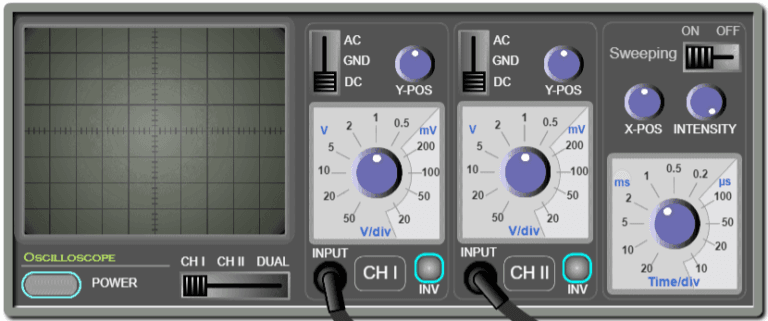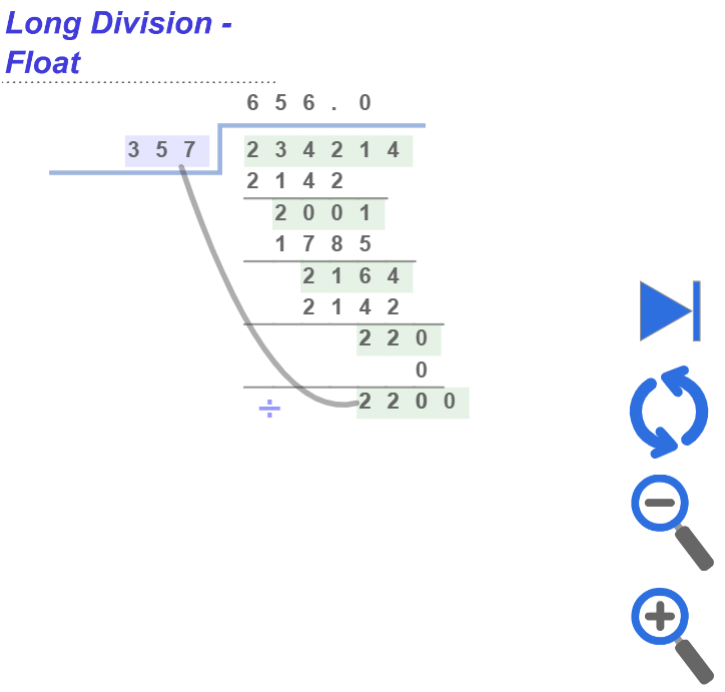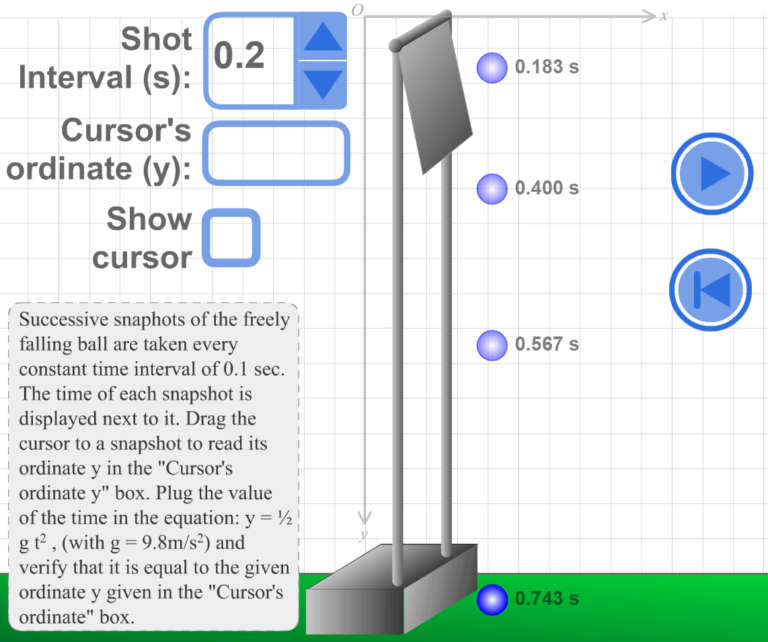One-Dimensional Elastic Collision Simulation
Description:
This interactive simulation demonstrates the core physics behind a one-dimensional elastic collision. It visually illustrates both the law of conservation of linear momentum and the law of conservation of kinetic energy in real time.
Users can adjust the mass and initial velocity of two objects before collision and observe how these quantities are conserved after the interaction. This tool is ideal for reinforcing theoretical calculations and concepts through direct, visual exploration in a virtual lab environment.
For more information about this simulation go to: Simulation Manual: Elastic Collision in One Dimension.
للمزيد من المعلومات عن هذه المحاكاة إذهب إلى: دليل المحاكاة: التصادم المرن الأحادي البعد.





